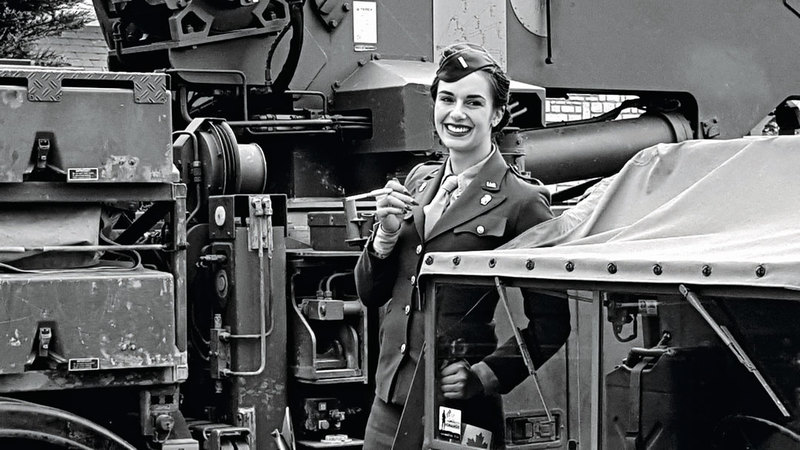On 6 June 1944, Allied Forces under the command of U.S. Army General Dwight D. Eisenhower attacked the German forces occupying Europe via the beaches of Normandy in the northwest of France. By the end of that day, 156,115 Allied troops had landed on and around the beaches, and 4,414 of them were dead. Another estimated 10,000 men were wounded or missing. Accurate casualty figures for the defenders are impossible to find, but it is estimated that between 4,000 and 9,000 German army personnel were killed, injured or listed as missing on that day. Codenamed Operation Neptune, but more commonly referred to as D Day, this was the largest combined military operation in history, and the first phase of the wider Battle of Normandy, codenamed Operation Overlord. This would be the beginning of the end of the Second World War.'

This incredible feat of planning, execution and bravery was the result of more tha n two years of work by the Allies. An intricate plan of attack was supported by a sophisticated campaign of misinformation and deception which kept the Germans guessing about where the inevitable invasion would take place. In one brilliant feint, phantom armies were created in southeast England and in Scotland using false radio traffic and thousands of fake, life-sized battle tanks and aircraft. This fooled the Germans into believing that the invasion might take place as far north as Norway, or in the Pas de Calais in France, some 300 km north of the planned invasion site.
The largest phantom army was deliberately created in the southeast of England to “confirm” the Germans’ most likely suspicion that the Allies would attack in the Pas de Calais. The Allies predicted that the Germans would probably assume this because Dover to Calais is the shortest possible route across the English Channel. They also correctly predicted the Germans’ assumption that they would need to choose a place with a port large enough to support the invasion. The deception was so successful that when the invasion started in Normandy the German High Command believed that it was nothing more than a decoy operation designed to fool them into pulling resources away from the real invasion site. Consequently, the Allies gained valuable hours in which to establish their beachheads before the Germans realised what was going on and sent reinforcements to the real battle zone.

The Germans never considered Normandy a serious option for the invasion because they knew there were no ports in the area large enough to support the operation. The Allies overcame this and added to the element of surprise by building enormous floating hollow concrete blocks in England, towing them across the channel, then sinking them onto the seabed off the Normandy coast to form the ports they needed. These were known as Mulberry harbours, and were originally the brainchild of Winston Churchill himself, although he did not design them specifically for D Day.
Re-enactors play a huge part in the D Day commemoractions and add to the nostalgic atmosphere making the experience more authentic and enjoyable for everyone. All the pictures accompanying this story were taken at the 75th D Day annivasary on June 6th, 2019
There were many other brilliant successes on D Day but there were also many significant failures. Preliminary bombing raids on the beaches designed to soften the German defences and provide craters in which the men in the first waves of the invasion would be able to take cover mostly missed their targets, the bombs falling too far inland. Large numbers of paratroopers were dropped far from their intended drop zones, and many drowned in fields deliberately flooded by the Germans for that purpose. Despite the setbacks, Allied troops managed to push the Germans back, and by the end of August Operation Overlord was complete and the Battle of Normandy was won.

Since that day, every year in June, millions of visitors young and old arrive in Normandy to commemorate the achievements of all the people who took part in the battle, and particularly to remember all the people who fought and died on D Day. Among them, in ever decreasing numbers, are some of the veterans of the battle. These men are frequently asked for autographs by admirers of all ages wherever they go. Whenever they pass, people stand and applaud them. Invariably they wave sheepishly, humble, and a little embarrassed by the attention. These were ordinary men who were called upon to do an extraordinary thing, and in doing their duty became some of history’s most celebrated heroes. We have them, and the many thousands of other brave men and women who never came back, to thank for the freedoms we enjoy today.







